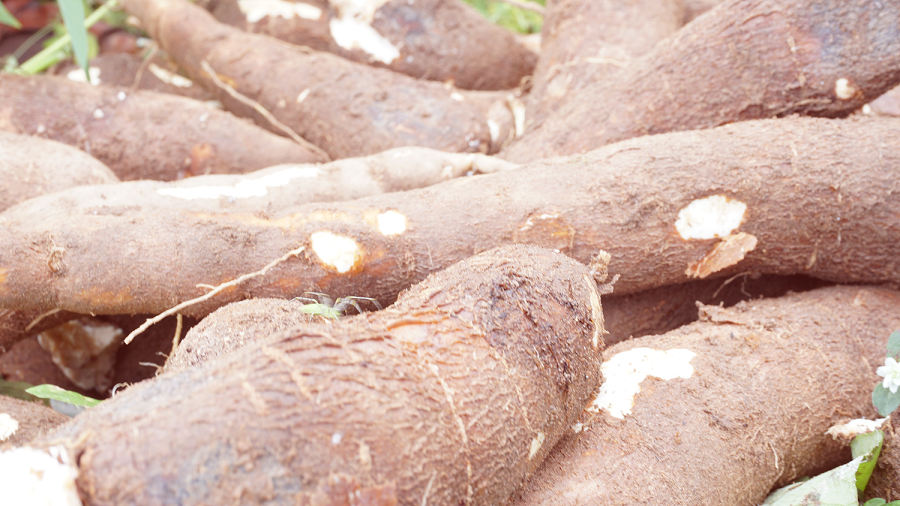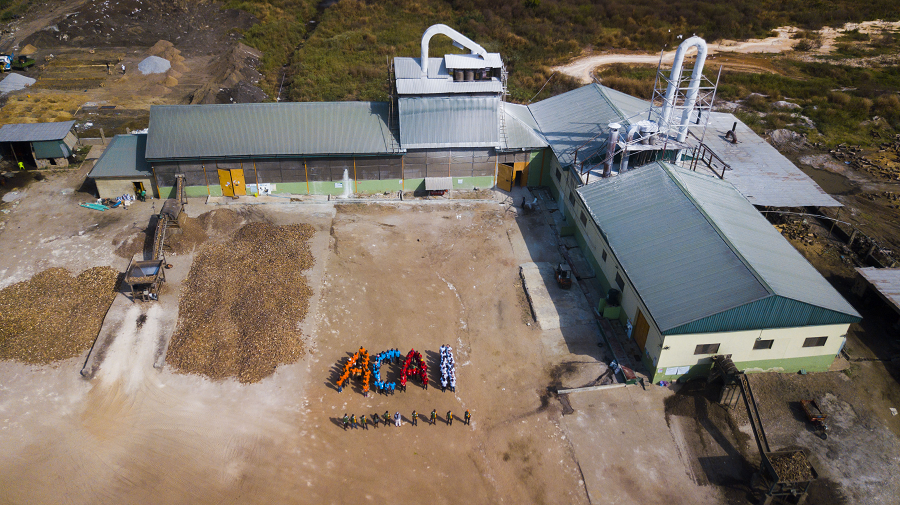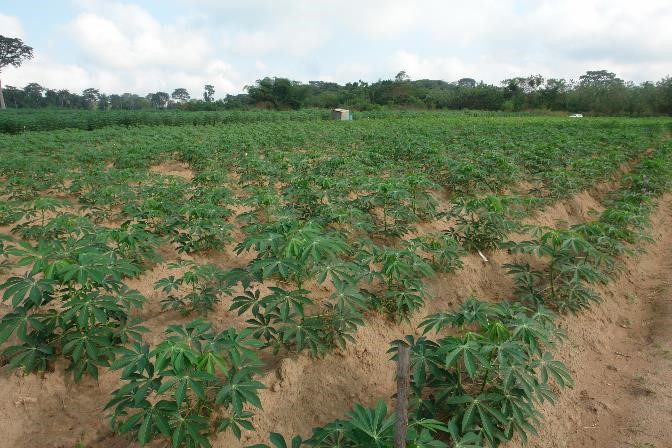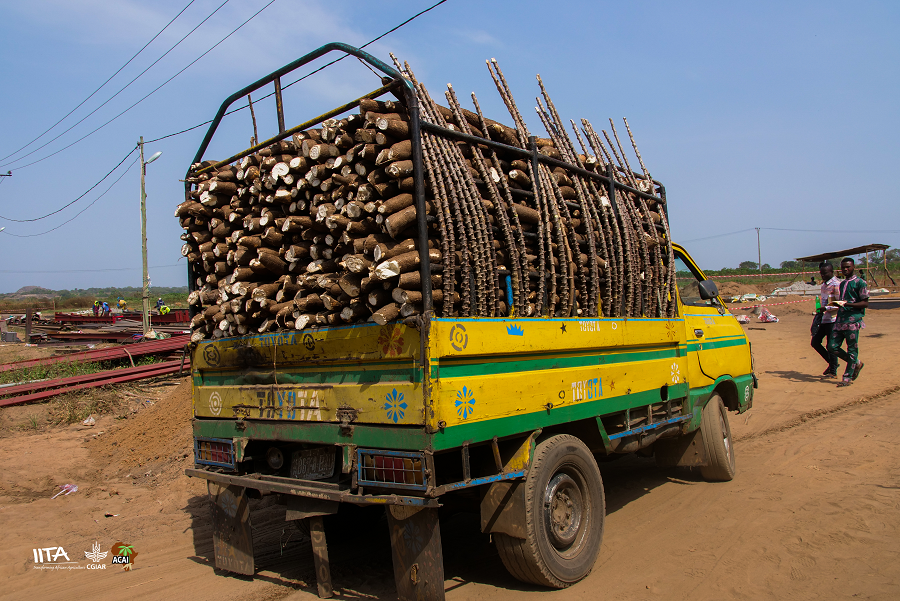Cassava is one of the most important sources of food for the over 180 million plus population in Nigeria. Cassava roots are consumed in various forms; boiled or fried, fresh or fermented, then dried and ground into flour for processing into fufu or garri. The processing of cassava for starch at industrial level has grown immensely over the past few years because more entrepreneurs are stepping into the market to meet the ever-growing demand for starch products.
The supply and distribution of cassava root has not met the industrial demand for a number of years. Solving the problem of a year-round consistent cassava supply to industry is a major challenge. Nigerian cassava farming is rain fed, which means almost all growers plant and harvest cassava at the same time based on the seasonal rainfall patterns. As a result, the cassava supply market goes through periods of extreme scarcity and periods of over-supply varying from season to season.







